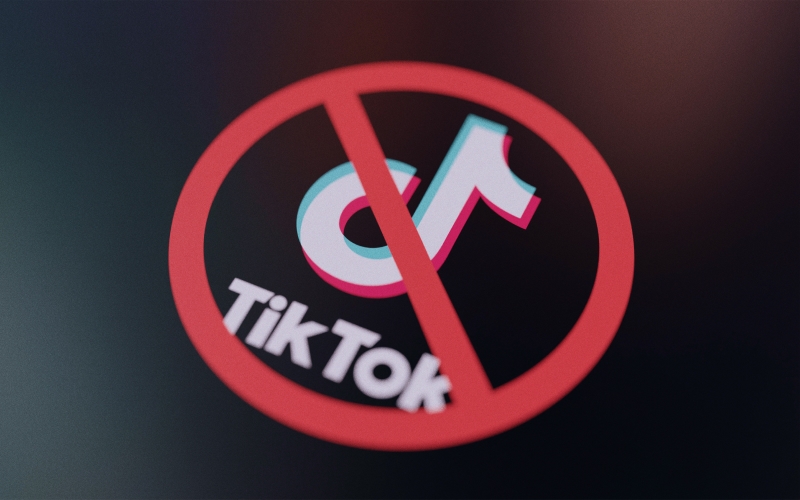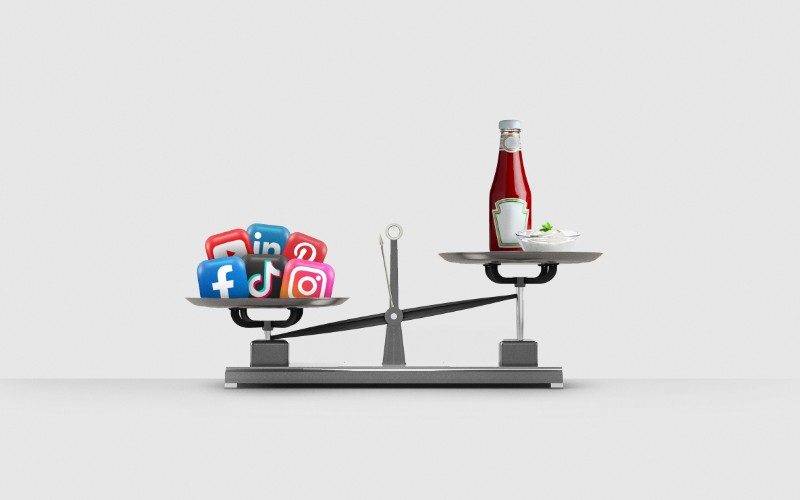Social Media
The flood of new users and brands on social media platforms has turned social media into a highly competitive landscape. That means brand marketers have to bring their best every day if they want to connect with their audience and make a positive impact.
These nine tips can help you stand out from your competitors in the most crowded but potentially lucrative digital space.
- Tailor your content. Any social media effort has to be part of an integrated marketing strategy. For example, a lot of marketers think their brand needs a Facebook page. But a Facebook page is only as good as the content it shares, the frequency of posts, how and when content is promoted, and the degree to which it’s layered into other tactics. Remember, your brand doesn’t have to be everywhere. Every effort and every consumer touch point should be strategic and feasible with your resources including manpower, creative assets and budget. Reach your audience where they are with content that’s tailored to them and their social network(s) of choice. Make sure the story you’re telling in those spaces supports the story you’re telling everywhere else.
- Be a good friend. Social media works because it makes everyone feel like a friendly neighbor. And brands that are successful on social media treat consumers like friends, not prospects. This is where messaging and tone become crucial. Social media content should not be overt or insistent. It should educate or inspire, not promote or sell. How can your content help solve a problem or fulfill a need? How can it make life better? How can it connect your audience with your brand without force-feeding your brand’s product?
- Provide relevant content. It’s critical for marketers to be strategic and purposeful about the content they share in the digital space, whether it’s a blog post or a photo on Instagram. This is true now more than ever, because the sheer volume of content makes it difficult to stand out from the crowd. Today, algorithms, which are always changing, also make it tougher to get content in front of the target audience. Your information won’t be delivered to a consumer if it isn’t relevant for that consumer.
- Use visual content. Visuals aren’t the only important consideration in social media, but visually appealing content has an instant advantage in a squashed space. In addition, video continues to be an enormous social media opportunity. If a picture is worth a thousand words, how much is a 30-second video worth?
- Prioritize content quality over quantity. This applies to the content you publish and the followers you target with that content. Concentrate on crafting a few compelling posts instead of an endless stream of noise. Likewise, don’t be so focused on stockpiling social media fans that you forget to build a connection with the fans you already have. Remember, 100 brand evangelists are more valuable than 10,000 people who liked your page because you offered a giveaway and never engaged with the page again.
- Amplify your social media content. One of the greatest mistakes brand marketers can make is viewing social media as a cheap and easy way to build awareness. Social media isn’t free media. Today, paid posts capture far more visibility and engagement than organic posts. It’s important to include social media advertising and content promotion as part of your integrated paid media plan.
- Leverage the power of influencer marketing. Influencer marketing is huge. In a short amount of time, it’s morphed from consumers trusting known celebrities and HGTV personalities to those same consumers trusting ordinary people — people who may not be widely recognized yet have built category credibility via a blog or social media content. Influencer marketing creates fantastic opportunities for brands to partner with and benefit from dynamic personalities with dedicated fans. It helps build trust. But, in order to leverage the full potential of influencer marketing, marketers must approach it with a strong ear for social media. It’s the best way to talk to the influencer’s followers — and if you want to grow a relationship with those followers on other marketing platforms outside of the influencer’s sphere, it’s necessary.
- Provide good customer service. Social media created a world where people can easily and openly talk about products and brands. Savvy marketers responded by publishing engaging content and starting a conversation with their customers. But if you fail to respond to one negative review, you risk undoing all of your hard work and monetary investment. Use social media as a platform for not just telling stories, but also managing customer concerns and providing solutions.
- Practice patience. Social media hits consumers multiple times throughout their purchase journey. It’s about building relationships. And like most content, doing it well requires a significant time investment. Social media rarely results in an immediate payoff, especially if you aren’t willing to invest in content amplification. But the brands that value marketing strategy and accept the waiting game understand how rewarding smart social media can be.
Today, it’s hard to find businesses and brands that haven’t ventured into the social media world. But doing social media poorly is worse than not doing social media at all. Commit to play in the sandboxes where you can have the most impact and the conversation will best reflect your brand. Trust that down the road, the people you’re targeting with social media content will make that leap from stage two or three of their purchase journey to become a customer.
You might also be interested in:


